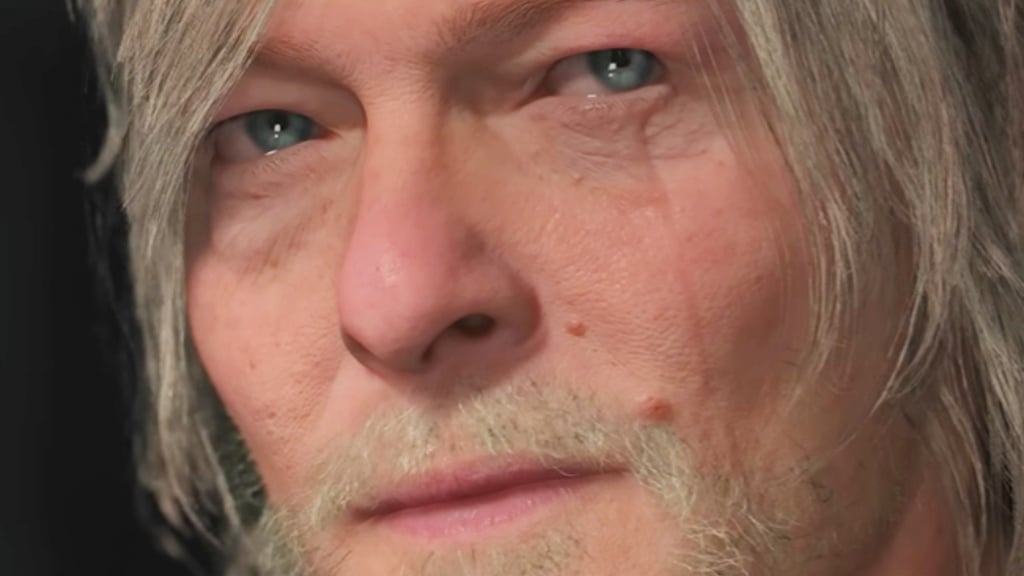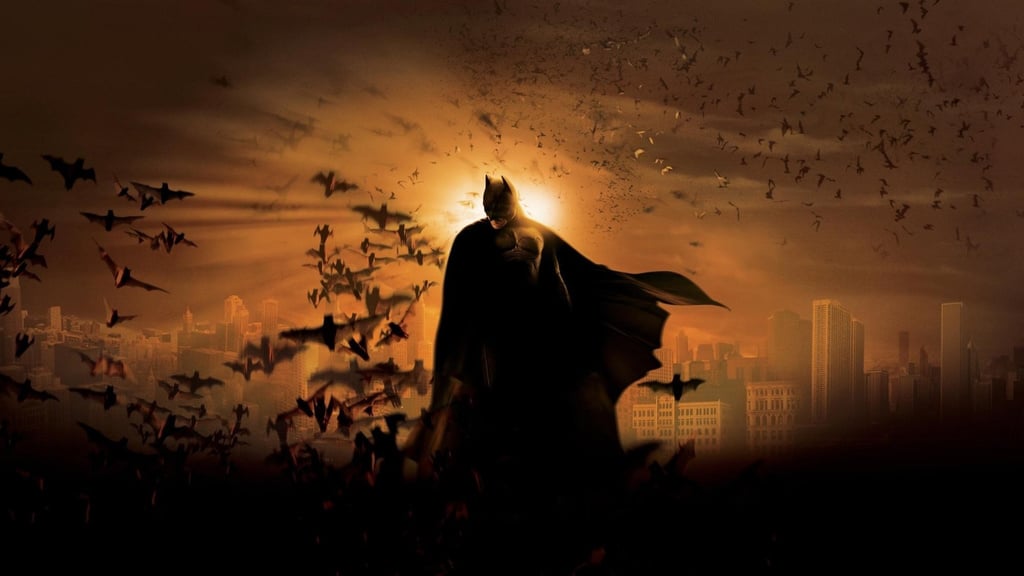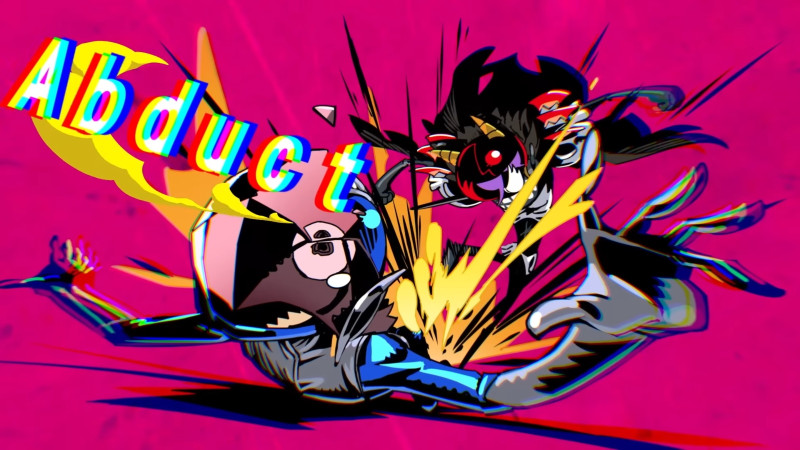Slow and steady, this poem will win your heart


Isabella Cotier

By A.O. Scott
You can hear a reading of this poem, and play our game, at the bottom of the page.
Poetry teems with charismatic beasts, from Shelley’s skylark to “Aunt Jennifer’s Tigers.” A comprehensive anthology of zoological verse would be fat with doggerel and birdsong, limericks and nursery rhymes, nightingales, foxes and toads.
But let’s slow down and take it one creature — and one poem — at a time. Consider the turtle, as captured by Kay Ryan. Turtle by Kay Ryan Who would be a turtle who could help it ? A barely mobile hard roll , a four - oared helmet , she can ill afford the chances she must take in rowing toward the grasses that she eats . Her track is graceless , like dragging a packing case places , and almost any slope defeats her modest hopes . Even being practical , she’s often stuck up to the axle on her way to something edible . With everything optimal , she skirts the ditch which would convert her shell into a serving dish . She lives below luck - level , never imagining some lottery will change her load of pottery to wings . Her only levity is patience , the sport of truly chastened things .
“Turtle” is, first of all, a witty and painstaking poetic account of what it’s like to be a turtle.
It doesn’t seem to be much fun. The turtle’s arduous existence is determined by the architecture of her body, her fate inscribed in her shell.
Reading about being a turtle, on the other hand, is kind of a hoot. Ryan observes her subject with a naturalist’s eye and a cartoonist’s sense of the absurd.
Her field notes are animated by sympathetic amusement, a tactful astonishment at the sheer evolutionary peculiarity of this creature.
The turtle’s shell reminds Ryan of objects from the human world. She piles up workaday nouns as homely as the things they name. The comparisons are wildly improbable and also oddly precise.
Her language moves the way the turtle does, with a deliberate, clumsy gait, carrying bulky rhymes and blocks of alliteration on plodding feet.
Consonant-heavy words lumber and stumble across a bumpy verbal landscape.
Lurching rhymes and almost-rhymes shoulder their way into long, irregular lines.
All of it paints a vivid word-portrait of comic dignity. This turtle is not to be mocked, and not to be pitied either. Her life is hard, but she faces it with stoicism.
Turtles may not have the charm or charisma of other beasts — they don’t dominate the human imagination like eagles or lions, or domesticate it like dogs or cats — but they have a notable presence in literature and myth. They are symbols of wisdom and longevity; their shells are sturdy enough to hold up the world. The cosmos, in one famous account, consists of “turtles all the way down.”
In Aesop’s fable, the turtle (traditionally called a tortoise, which is a type of turtle) is a winner, a perpetual underdog who defeats the arrogant hare. The tortoise’s slowness turns out to be a virtue.

Aesop’s fable of the tortoise and the hare, as illustrated by Milo Winter.
Ivy Close Images/Alamy
In Ryan’s poem, the turtle’s physical attributes — her cumbersome shell and short legs, above all — seem only to be liabilities. That armor may have evolved as protection against predators, but it’s a lot of baggage for a poor, halting herbivore to lug around. Her patience isn’t going to win her any races: It’s her best response to a tough break; a way of making light of a heavy situation.
But at the same time, the poem’s mood and manner, its sense and sound, defy the constraints of turtleness. To read it a second time — or aloud — is to note how nimbly and swiftly it moves. Turtle by Kay Ryan Who would be a turtle who could help it ? A barely mobile hard roll , a four - oared helmet , she can ill afford the chances she must take in rowing toward the grasses that she eats . Her track is graceless , like dragging a packing case places , and almost any slope defeats her modest hopes . Even being practical , she’s often stuck up to the axle on her way to something edible . With everything optimal , she skirts the ditch which would convert her shell into a serving dish . She lives below luck - level , never imagining some lottery will change her load of pottery to wings . Her only levity is patience , the sport of truly chastened things .
The turtle’s track may be “graceless,” but within its carapace the poem is lithe and limber.
If you broke the lines another way, you might unlock some sprightly couplets.
These rhymes and near-rhymes don’t plod; they dance, with a slow and steady elegance.
The last lines, which seem to fix the turtle in her earthbound essence, also push in the opposite direction.
The presence of the word “wings” — even naming something that the turtle can’t imagine — stirs up an idea of flight. We might remember that, according to current biological thinking, turtles are more closely related to birds than they are to many other reptiles.
The phrase “sport of … things,” meanwhile, teases the ear with “sport of kings,” the traditional name for horse-racing. Could this turtle be a thoroughbred, tracing her lineage back to Aesop’s champion racer?
Her endurance of daily frustrations and indignities may depend on deep camouflage. She is unlucky, unenviable, unassuming, and also, secretly, the opposite of those things.
I’m not saying she’s a shell-y skylark, soaring when it looks as if she’s trudging, transcending her terrestrial nature. She can only be a turtle. Which it turns out is pretty complicated.
Because even as this poem is about what it’s like to be a turtle, it’s also about what it’s like for a turtle to be a metaphor. And — you could say therefore — about how looking at (or as) a turtle illuminates what it’s like to be a person, a woman, a poet.
Ryan is a poet who favors sideways, surprising, puzzle-worthy wordplay. She also writes a lot about animals, and, almost always obliquely, about her own experience. I hesitate to call “Turtle” a self-portrait, or a poem about poetry. But then again …
Look one more time at the last entry in the catalog of ordinary human stuff that the turtle’s shell is compared to: pottery.
Discard one letter, and flip two others.
Poetry: the only wings our humble species knows, or needs.
Want to learn this poem by heart? We’ll help.
Hearing a poem can make it more memorable. Listen to A.O. Scott read this one:
TURTLE by Kay Ryan
Turtle by Kay Ryan Who would be a turtle who could help it? A barely mobile hard roll, a four-oared helmet, she can ill afford the chances she must take in rowing toward the grasses that she eats. Her track is graceless, like dragging a packing case places, and almost any slope defeats her modest hopes. Even being practical, she’s often stuck up to the axle on her way to something edible. With everything optimal, she skirts the ditch which would convert her shell into a serving dish. She lives below luck-level, never imagining some lottery will change her load of pottery to wings. Her only levity is patience, the sport of truly chastened things.Get to know the poem better by filling in the missing words below. Start on easy mode, and when you’re ready, try hard mode.
Question 1/7
We’ll take it one step at a time.
Who would be a turtle who could help it? A barely mobile hard roll, a four-oared helmet,Question 1/7
Strap in.
Who would be a turtle who could help it? A barely mobile hard roll, a four-oared helmet,What's Your Reaction?
 Like
0
Like
0
 Dislike
0
Dislike
0
 Love
0
Love
0
 Funny
0
Funny
0
 Angry
0
Angry
0
 Sad
0
Sad
0
 Wow
0
Wow
0









































